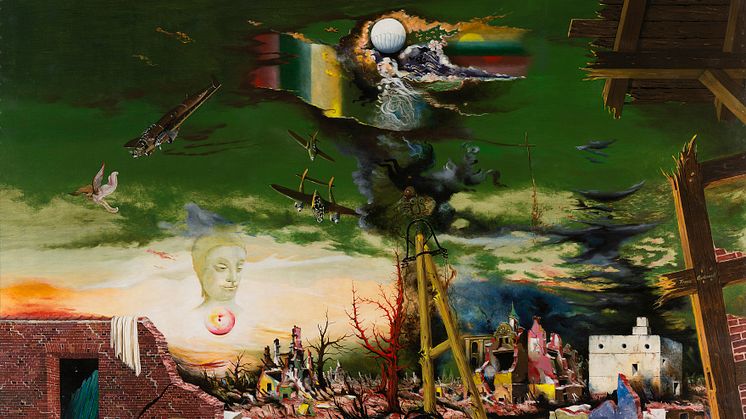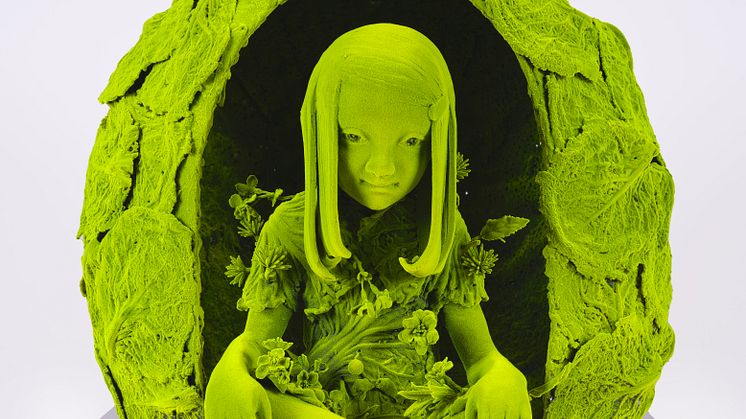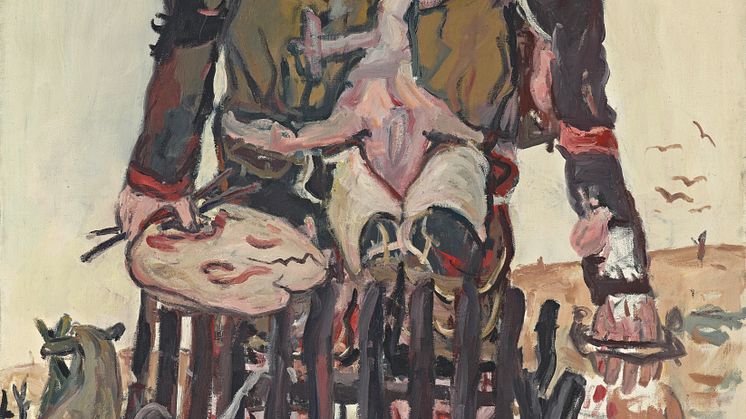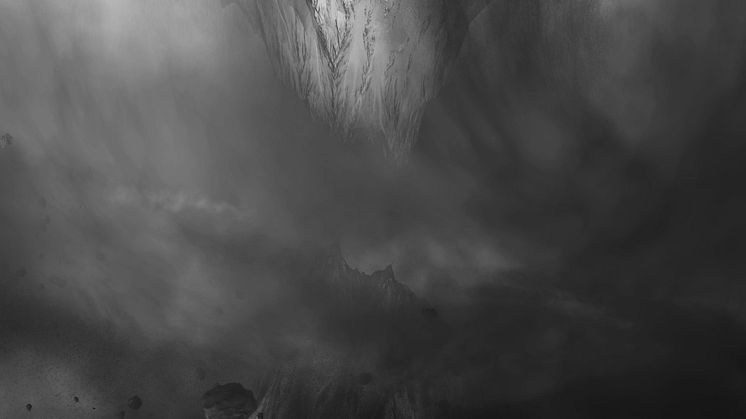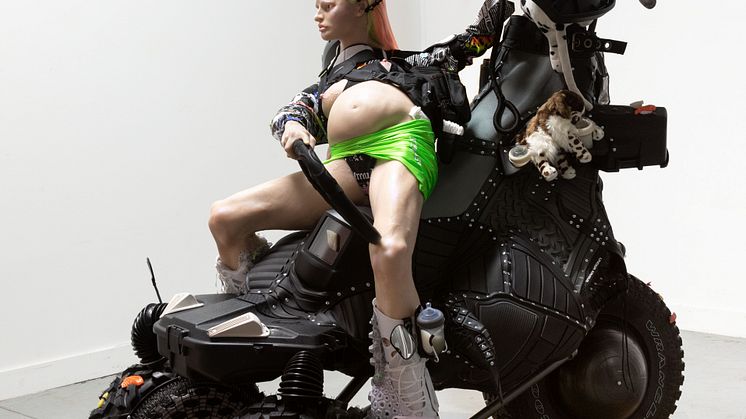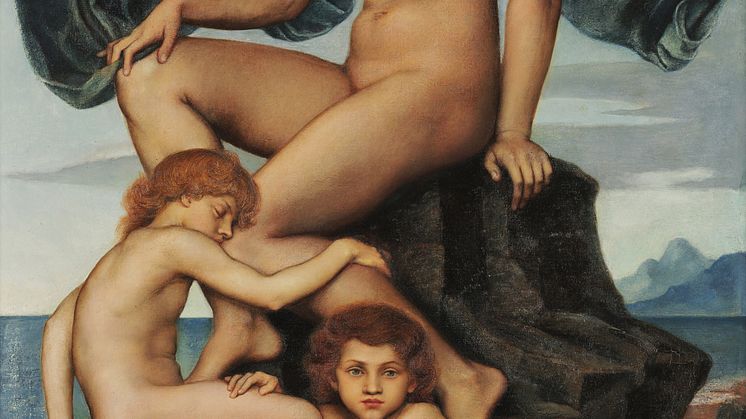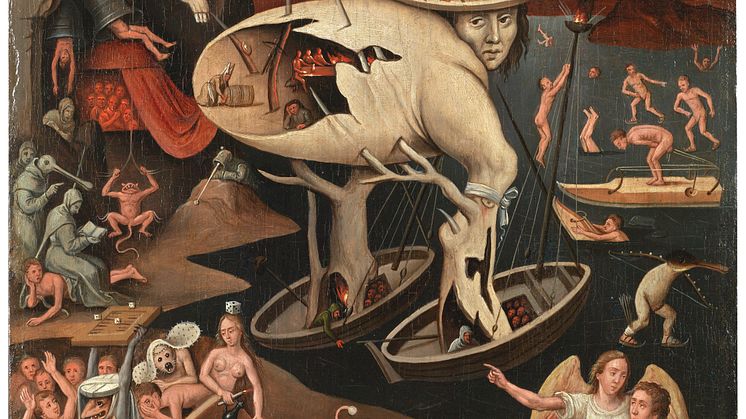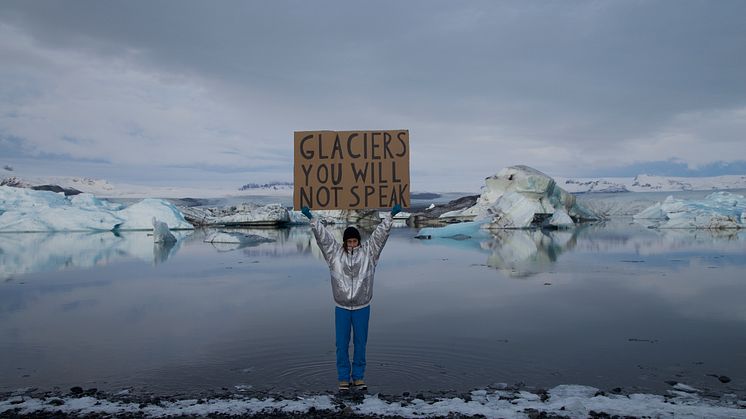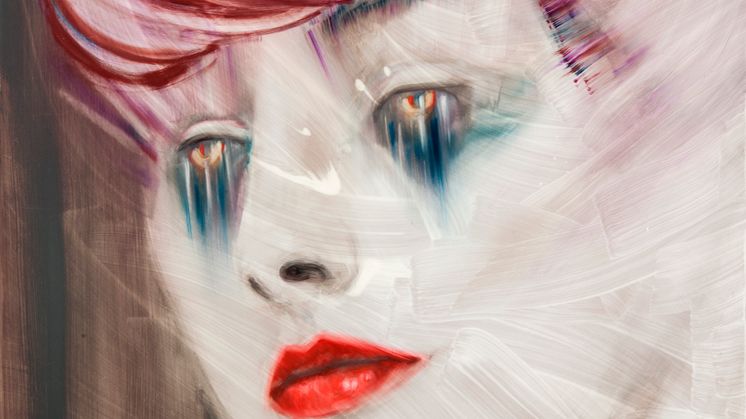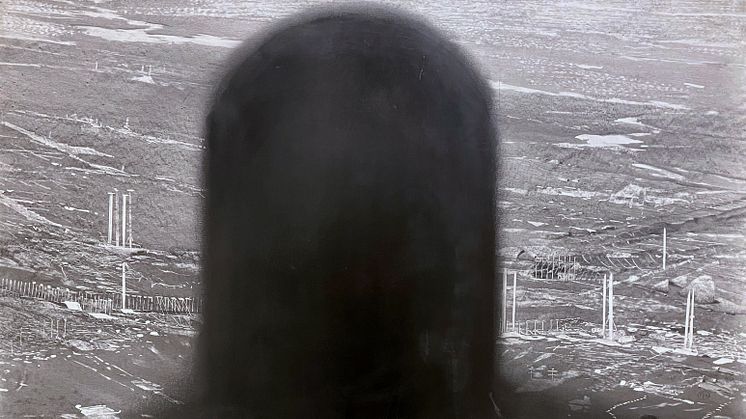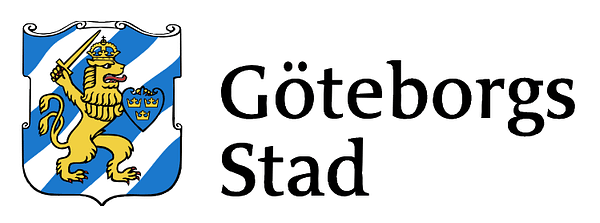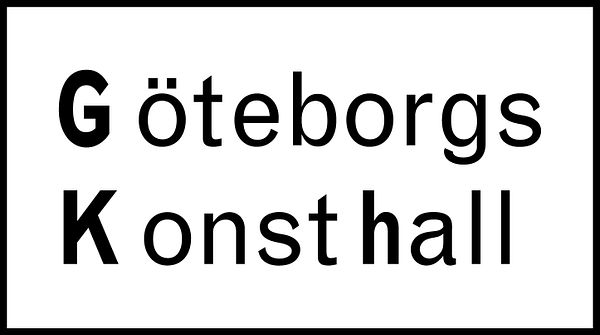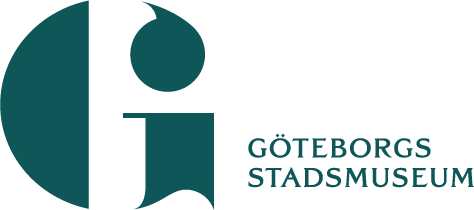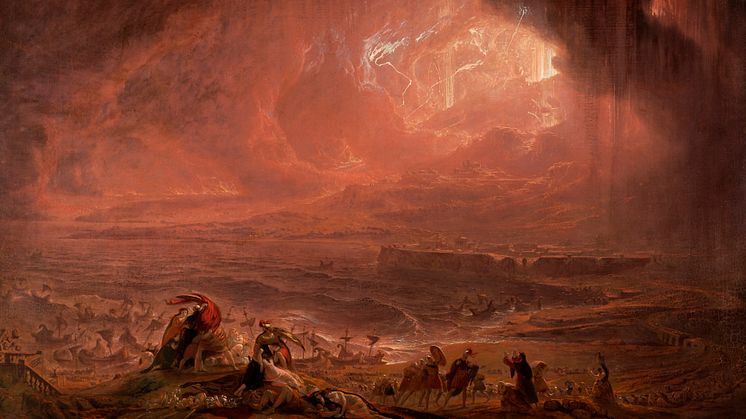
Nyhet -
Five centuries of Apocalypse at the Gothenburg Museum of Art
Ruined cities, violent volcanic eruptions and melting glaciers. Throughout history, artists have been fascinated by catastrophes, from biblical accounts of the Last Judgement to the present era’s anxiety over war, climate change and AI. Apocalypse: From Last Judgement to Climate Threat presents the art history of doom from the 16th century until today. The exhibition at the Gothenburg Museum of Art opens 22 February 2025.
— The end of the world is a highly topical theme in our time and casts its shadow over much of our medialized everyday life. The exhibition puts today’s anxiety in perspective and analyzes images and notions of the apocalypse in the light of art history. Here also lies a glimmer of hope – people in the past have also felt that they were on the brink of ruin, but they continued to create art, says Museum Director Patrik Steorn.
Around 100 works with a focus on the Nordic countries and Europe
Featuring a broad selection of visual media, from prints and paintings to sculptures and video works, the exhibition Apocalypse: From Last Judgement to Climate Threat shows examples of doom and disaster as a theme in art from the Renaissance until today. It comprises around a hundred artworks, from Albrecht Dürer’s apocalyptic woodcuts and the 19th-century artist John Martin’s dramatic depictions of volcanic eruptions – to Nastja Säde Rönkkö’s contemporary video work, which comments the consequences of global warming.
— The exhibition takes the viewer on a journey through prophecies, end-of-the-world fantasies, dystopian critique of society, and artistic expressions oozing of both angst and creative desire. We show examples of the theme of the Last Judgment from the Renaissance and the Baroque eras, the ominous images of Symbolism, as well as modern dystopian pictures and contemporary works on themes such as the climate crisis. The focus is on Western art with an emphasis on the Nordic countries and Europe, says Kristoffer Arvidsson, Head of Research at the Gothenburg Museum of Art, and curator of the exhibition in collaboration with Eva Nygårds.
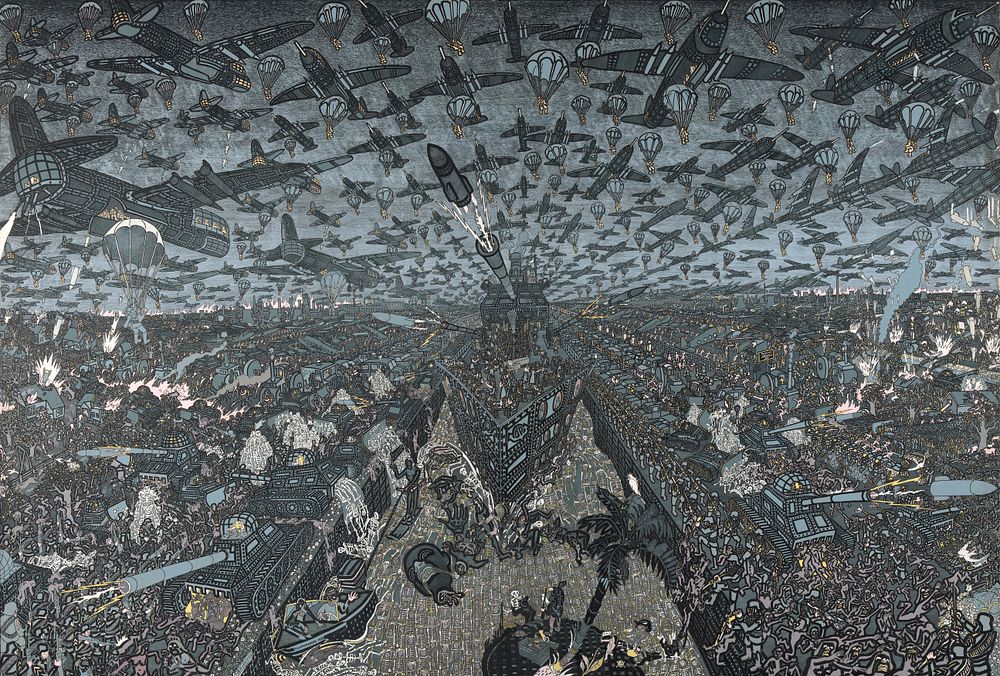
Significant international loans and contemporary art
Works from the museum’s own collection make up the foundation of the exhibition, but many important pieces have also been borrowed from European museums, among them works by the Romantic artist Johan Chistian Dahl, the Symbolist Ejnar Nielsen, modernists within New Objectivity such as Franz Radziwill, and postmodernists like Georg Baselitz and Anselm Kiefer. The exhibition also features the artists Evelyn de Morgan, Ferdinand Hodler, and the recently rediscovered Romantic artist John Martin, seldom exhibited in Sweden.
— We will offer visitors a maximalist, tumultuous experience with striking artworks and a dramatic exhibition design, which engages many senses. This is art that depicts existential themes in a direct, moving way. The art history of doom is pitch black, but there are glimmers of light; it also contains brighter, post-apocalyptic future worlds. The creativity triggered by the apocalypse also sparks hope for a more humane world, something to cling to in our troubled era, says curator Eva Nygårds.
Three contemporary artists, who have all previously explored the theme of the apocalypse, were invited to participate in the exhibition. Cajsa von Zeipel contributes a large-scale, silicon sculpture, the artist duo IC-98 show a meditative video work, and the musician Anna von Hausswolff presents an audio work in dialogue with a selection of the museum’s collection of older printed works. In conjunction with the exhibition, we produce a comprehensive catalogue with newly written essays by numerous researchers and writers who provide different perspectives on the theme, as it is expressed in art, literature, film and computer games, among other media. Comics creators and artists also contribute new works in the catalogue.
Apocalypse: From Last Judgement to Climate Threat runs 22 February 2015 to 18 January 2026 at the Gothenburg Museum of Art.
The exhibition is a part of Riksbankens Jubileumsfond’s research-facilitating project RJ Art and Culture, with the aim to make the humanities and social sciences more accessible to a broader audience.
PRESS PREVIEW
Thursday 20 February, 11.00 am, Gothenburg Museum of Art.
More information and an invitation to the press preview will be provided in due course.
OPENING
The opening, including an inaugural speech, takes place on Saturday 22 February.
CONTACT
Isa Andersson
Press Officer
isa.andersson@kultur.goteborg.se, 0702-13 651
The Gothenburg Museum of Art has one of foremost collections in Northern Europe, spanning from the 15th century until today, and including important works within both Nordic and international art. In addition to the collection, the museum offers temporary exhibitions, family activities, lectures, workshops and guided tours. The collection comprises around 70 000 works and the museum receives around 250 000 visitors annually. The Gothenburg Museum of Art is part of the City of Gothenburg’s Administration of Culture, co-financed by the Västra Götaland Region.



